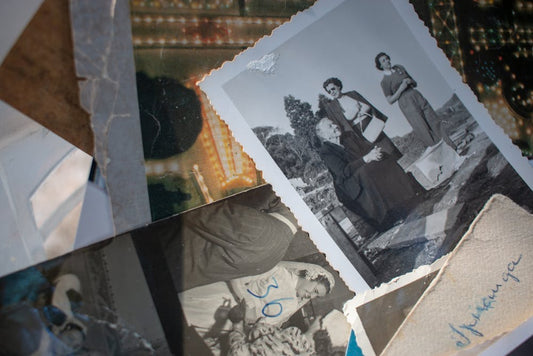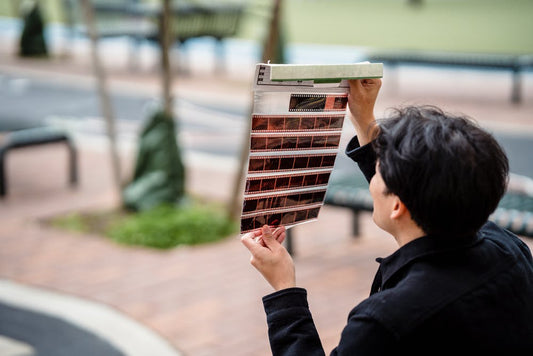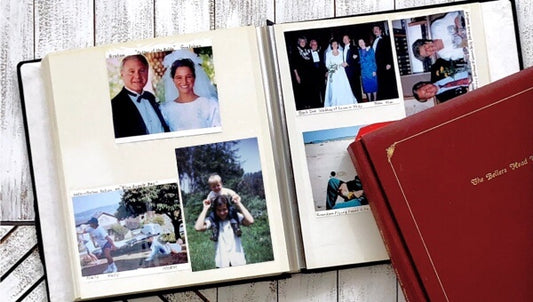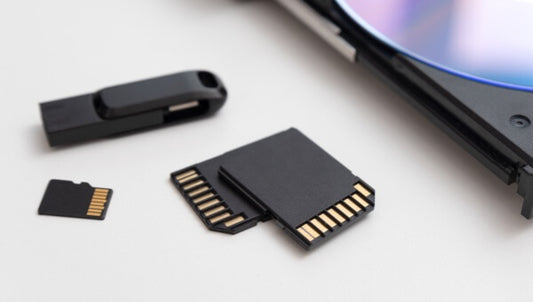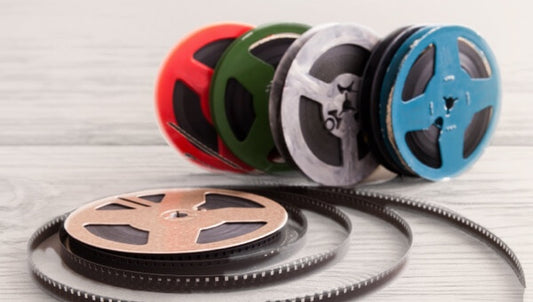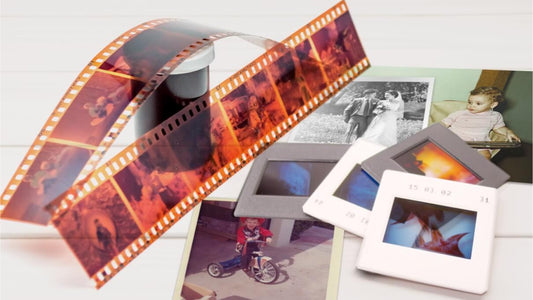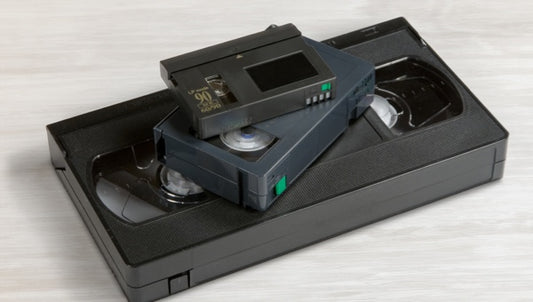Ever stumbled upon a stack of old negatives and wondered what to do with them? They might be packed in an envelope or buried in a shoebox, but without proper care, these irreplaceable memories could be fading right now. Negatives contain the sharpest, most detailed version of your photos, making them incredibly valuable. But they’re also delicate—vulnerable to dust, scratches, and even time itself. The best way to keep them safe? Proper storage. This guide will walk you through the smartest ways to store photo negatives while ensuring you never lose the memories they hold.
Jump to:
What are Photo Negatives?
Negative film is the base material used in traditional photography to capture images. It holds a reversed version of the picture, where light and dark areas are flipped. When processed, the negative can be used to create printed photos. This process made negative film an essential part of preserving memories in the pre-digital era.
Negatives are more delicate than printed photos. They are thin, fragile, and prone to damage from scratches, dust, and fingerprints. Unlike prints, which can often be replaced, negatives hold the original image data. This is why you should keep negatives stored safely—once they are damaged, recovering the image fully may be impossible. Proper handling and storage ensure they remain intact for years to come.

Preparing Negatives for Storage
If you're unsure what to do with negatives, the first step is proper handling and cleaning before storage. Negatives are highly sensitive to scratches, moisture, and oils from your hands. Even small marks or smudges can ruin the quality of the images they produce. To keep them in the best condition, follow these steps:
- Clean gently: Use a soft, lint-free cloth or an anti-static brush to remove dust. Be gentle to avoid scratches.
- Handle with care: Always hold negatives by the edges. This prevents fingerprints and smudges.
- Wear gloves: Use clean, cotton or nitrile gloves when touching negatives to avoid oils from your skin transferring to the film.
- Avoid using liquids: Never clean negatives with water or harsh chemicals, as they can cause permanent damage.
Negatives are highly sensitive to scratches, moisture, and oils from your hands. Even small marks or smudges can ruin the quality of the images they produce. Storing them clean and dry ensures they stay in the best shape possible for future use or digitization.
Best Practices to Store Photo Negatives
Once your negatives are clean and properly handled, the next step is long-term storage. Proper negative storage is essential to protect your photo negatives. Here’s how to do it the right way:
Use Archival-Grade Materials
- Store negatives in acid-free, lignin-free sleeves or envelopes to prevent chemical reactions that degrade film over time. Avoid using paper envelopes or low-quality plastic sleeves, as these can trap moisture and accelerate deterioration.
- Polypropylene or polyester sleeves are the best choice for long-term storage. These materials provide a clear view of the negatives without exposing them to harmful chemicals.
- Place sleeved negatives inside archival-quality storage boxes for extra protection. Sturdy boxes shield negatives from dust, light, and physical damage.
Control the Environment
Keep negatives in a cool, dry, and dark space to prevent fading, warping, and mold growth.
Ideal storage conditions:
- Temperature: 60-70°F (16-21°C)
- Humidity: 30-40%
If possible, store negatives in a temperature-controlled space rather than attics, garages, or basements, where temperature and humidity levels fluctuate.
Avoiding common mistakes, like using regular plastic bags or paper envelopes, can make a big difference. With the right materials and environment, your negatives will stay safe for decades.

Protect from Light and Heat
Exposure to direct sunlight, UV rays, or artificial light can cause negatives to fade over time. Store them in a dark space, away from windows or light sources. Additionally, avoid placing negatives near radiators, electronics, or other heat-generating appliances, as excessive heat can cause film to warp.
Keep Negatives Dry and Prevent Mold Growth
Moisture is one of the biggest threats to photo negatives. Use silica gel packets inside storage boxes to absorb excess humidity and prevent mold or mildew. Regularly inspect negatives for signs of moisture damage, especially if stored in humid climates.
Organize for Easy Access
Label negatives by date, event, or subject to keep them organized and easy to find. Store them in a flat position rather than stacked to prevent curling or bending. If you have a large collection, consider creating a digital inventory to keep track of your negatives.
Following these best practices will help ensure your negatives remain in excellent condition for decades. However, even with the best storage methods, negatives will still degrade over time. The best way to preserve them permanently is through digitization.

Why Digitizing Negatives Is the Smartest Choice
Your old photo negatives contain irreplaceable memories, but over time, they can fade, scratch, or become damaged. The best way to protect them is to transfer negatives to digital, ensuring they remain safe and accessible for years to come. Capture makes this process simple, professionally scanning your negatives and converting them into high-quality digital images that you can easily store, organize, and share.
If you have 35mm negatives to digital, Capture provides expert conversion services that preserve every detail with stunning clarity. Unlike physical negatives that degrade, digital files stay intact forever and can be stored on cloud platforms or external drives for easy access.
With Capture, your memories are protected, conveniently organized, and ready to be shared with future generations.
Preserve Your Photos the Right Way
Properly storing your photo negatives ensures they stay safe from damage, preserving your memories for years. Using archival-grade materials and keeping negatives in ideal conditions protects them from light, heat, and moisture. However, it is not enough to store photos negatives only physically. Digitizing your negatives and related media offers an additional layer of protection. Digital files are easier to organize, share, and preserve long-term. By combining proper storage with digitization, you safeguard your memories in every way possible.


